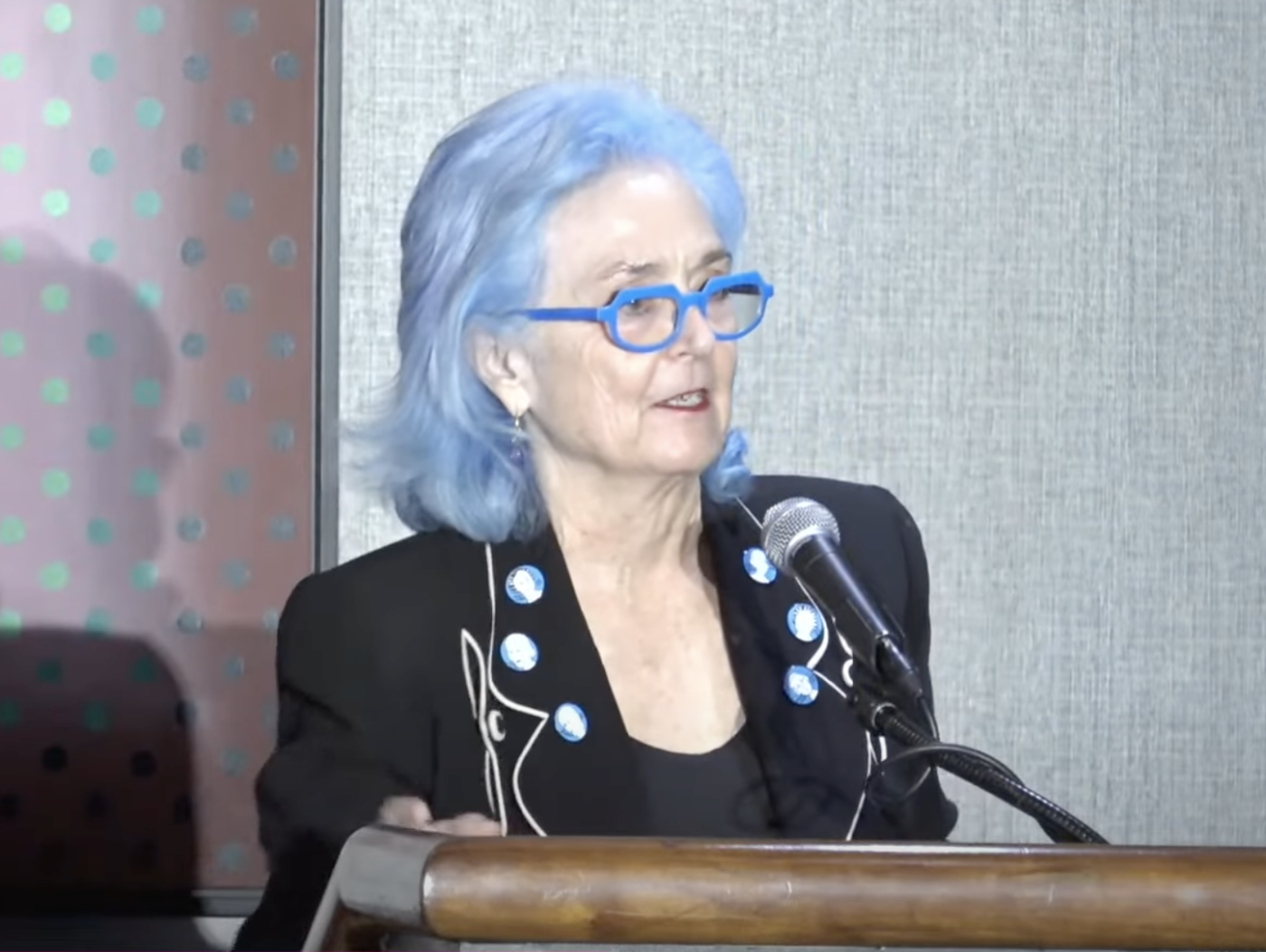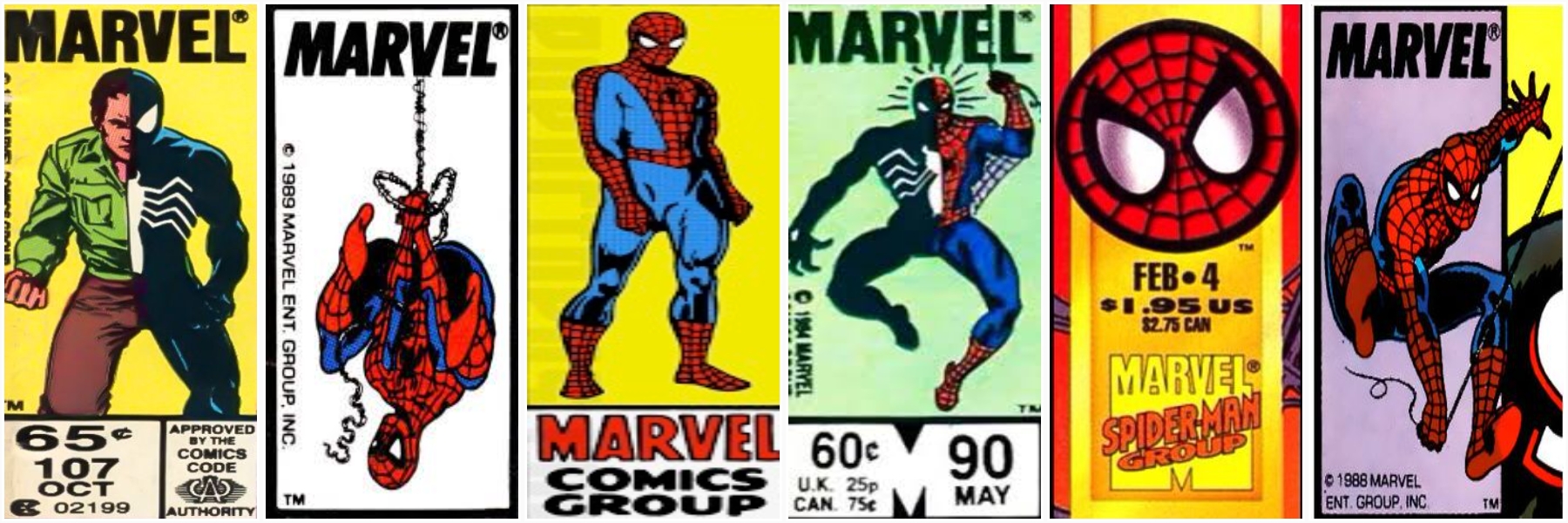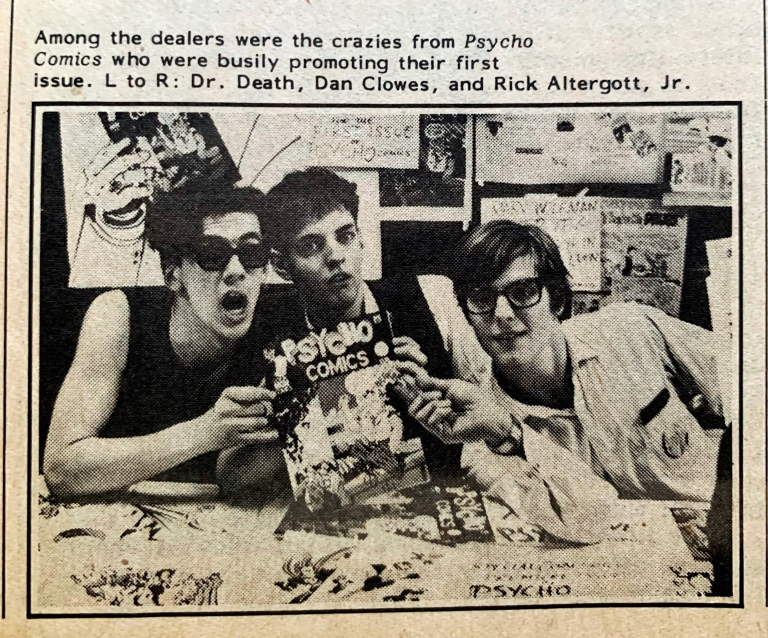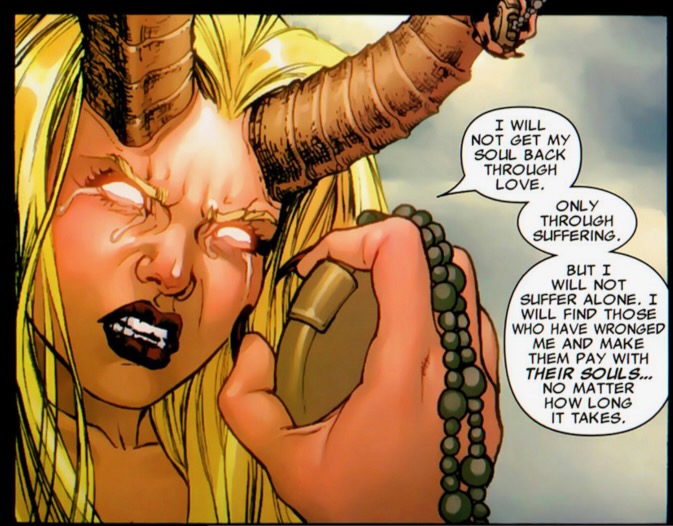Editor’s note: Jim Lee delivered the keynote speech at the 20250 Retailer’s Day at NYCC. Speaking to a tough crowd with a lot of distractions, Lee spoke with a lot of conviction. I felt like he said a lot of things we need to hear from industry leaders. Thanks to DC Comics for getting me the transcript of the speech to share with those who were not there in person.
Good afternoon, everyone.
Let me start with a warning—this speech is going to be disappointingly upbeat. I know—we live in a world where the louder, angrier, and more polarized something is, the more engagement it gets.
Negativity drives clicks. Outrage drives traffic.
But I thought, for this room—for this crowd—we’d try something radically different.
So let’s talk about hope! Let’s talk about resilience!
You know—about comics.
And speaking of comics and resilience—let me note that this is the first time DC has had a booth back on the main floor of New York Comic Con in thirteen years.
Yes—Thirteen years!
The last time we were here, TikTok didn’t exist, ‘The New 52’ was tearing up the sales charts, and Batman was still rocking a badass carbon fiber flip phone.
Being back at New York Comic Con isn’t just about square footage or banners or where our booth sits on the show floor.
It’s about reconnection.
It’s about showing up—for fans, for creators, for the community, and especially for you all—the retailers who are the backbone of this industry. And what better time to come back than in a milestone year?
Yes—2025 marks the 90th anniversary of DC Comics.
Ninety years of heroes, villains, and stories that have outlasted implosions, gimmicks, speculative bubbles, and disruptive new technologies.
To celebrate, we’ve designed our booth as a walk through time—a living museum of what we’ve all built together. Each year, we’ll spotlight a different decade of DC’s incredible history as we change up our booth graphics, color palette and even fonts and typography to reflect each era.
This year, we’re honoring 1935 to 1945–the dawn of the superhero era. As you all know—those were the years that gave us Superman, Batman, and Wonder Woman— iconic characters who didn’t just define comics, but drove modern mythology and reshaped popular culture forever.They weren’t created in a vacuum. They were born out of a world facing chaos, fear, and uncertainty—a world searching for symbols of courage, truth, and justice. Sound familiar?
And sure enough—ninety years later, they’re still here. Still relevant. Still inspiring. If you do the math—and yes, there will be math in this speech—that means in 2035, DC Comics turns 100. And yes, I fully intend to be here for that.
Hopefully still drawing. Hopefully still not working on Hush 2! (too soon!)
So let’s talk about why we’re bullish on the future. Ninety years isn’t just a milestone— it’s a reminder that survival in this business is earned. Each decade of DC’s history showcases our uncanny ability to pivot and create truly compelling stories which reflect the times they were created in.
The Golden Age captured Hope in the Shadow of War.
The Silver Age reflected the Atomic Optimism and Scientific Breakthroughs of the 1950’s.
The Bronze Age brought Relevance, Social Awareness, and Rebellion.
The ’80s and ’90s gave us Reinvention—creators breaking rules and readers demanding more sophistication.
And the 2020’s? Well…we’re still writing that story. But I’d say we’re absolutely on the right track—thanks in large part to our combined hard work and resilience and some creative geniuses in Misters Scott Snyder and Josh Williamson.
To find future success—it’s imperative that comics continue to evolve and change and that we do the same as we stare down a troubling future—a future with many a storm cloud on the horizon.
Challenges such as:
AI-generated writing and art.
Shrinking attention spans.
Characters drifting into the public domain.
And that constant tug-of-war between digital and print.
But here’s the thing—every era has its ‘killer bees.’ You guys remember those?
When I was a kid in the 70’s, we were told swarms of killer bees were coming from South America to take over and ravage the world.
Didn’t happen.
Then we were told Japan’s booming “miracle economy” would overwhelm and crush all their rivals.
Didn’t happen.
Then it was Y2K. Then NFTs. And now—it’s AI. History has a way of humbling predictions. The future rarely turns out the way the headlines warn us it will.
But let me make one prediction I know I can stand by:
DC Comics will not support AI-generated storytelling or artwork.
Not now.
Not ever—as long as Anne Depies and I are in charge.
Because what we do—and why we do it—is rooted in our humanity. It’s that fragile, beautiful connection between imagination and emotion that fuels our medium—the thing that makes our universe come alive.
It’s the imperfect line, the creative risk, the hand-drawn gesture that no algorithm can replicate.
When I draw, I make mistakes—lots of them.
But that’s the point. The smudge, the rough line, the hesitation—that’s me in the work. That’s my journey. That’s what makes it come alive. It’s the product of true effort. Of inspiration and perspiration.
Fans sense that. They can feel when something was made with care—when it cost the artist time, energy, heart, and effort. People have an instinctive reaction to what feels authentic. We recoil from what feels fake.
That’s why human creativity matters. AI doesn’t dream. It doesn’t feel. And it doesn’t make art—it aggregates it. Our job—as creators, as storytellers, as publishers—is to make people feel something real. That’s why we create. That’s why we’re still here.
And yes, characters will fall into the public domain.It’s already happening—we’ve all seen unsettling knockoffs of Mickey Mouse lurking around online.
But here’s the truth: the character isn’t the magic.
The storytelling is.
The world-building is.
‘Owning’ Superman isn’t the same as understanding Superman —knowing how he moves, how he speaks, what he stands for.
Anyone can draw a cape.
Anyone can write a hero.
That’s been around as long as comics have—it’s called fan-fiction.
And nothing wrong with fan-fiction! It shows how deeply these characters live inside us. But Superman only feels right when he’s in the DC universe.
Our universe—our mythos—that’s what endures.
That’s what will carry us into the next century.
I also feel especially bullish about the future of the direct market and the magic you all bring to the table.
The retailers. The shops. The community hubs.
You are the beating heart of this industry. And when we talk about ‘core fans,’ we’re talking about your customers.
When we talk about community, we’re talking about the conversations that happen across your counters.
The pull lists.
The recommendations.
The Wednesday crowds.
The midnight releases.
That’s the magic of the business of comics—and it happens because of you.
I’ve visited comic shops all over the world, and no two are the same. Some smell like freshly bagged issues hot off the press Some have a more distinct ‘eau du vintage’— you know, the lovely smell of wet newspaper.
But every one of them has the same heartbeat—passion.And we share your sense of passion. And as we continue to expand into digital comics, vertical scrolling comics, and kids’ books—we do so not to replace you, but to grow the next generation of fans for both you (and us).
Because when someone reads their first comic on a tablet, we want their second one to be in your stores.
Digital brings discovery—but you bring belonging. You turn casual readers into lifelong fans.
When fans walk into a shop, they’re not just buying comics — they’re walking into a piece of culture, a place that feels like home. You are the real-world Batcaves, the Fortresses of Solitude, the Watchtowers where the next generation of heroes discovers who they are.
You turn stories into shared experiences. That’s something no algorithm, no app, no platform can replicate.
So yes—this speech is unapologetically optimistic. Because you don’t build ninety years of storytelling by being cynical.
You build it by believing that the next story, the next hero, the next generation will surprise you—and remind you why you fell in love with comics in the first place.
That’s what keeps me doing this.
That’s what keeps all of us at DC doing this. We’re caretakers of something bigger than ourselves—this incredible shared universe that continues to evolve because of your dedication and your connection to all our fans.
And that’s where our stories take center stage. The world needs more than ever—stories about hope, compassion, and justice—the pillars of DC’s storytelling.
We’ve been through reboots, relaunches, crises—literally Crisis after Crisis—and somehow, every time, we come out stronger.
In fact, every challenge, every disruption, is an opportunity to reimagine what we do and how we connect.
By 2035, I don’t just want to celebrate DC’s 100th year—I want us to look back and say these next ten years were when we built the foundation for the next hundred.
Because the foundation—the direct market, the fans, the stories—is still sound, still solid.
So here’s to the next decade.
Here’s to DC at 100.Here’s to killer bees that never arrived, and to you—the comic book shops, the first home of every hero.
Thank you for keeping comics alive.
Thank you for keeping us honest.
And thank you for inspiring us to imagine the next ninety years—and beyond.






















 English (US) ·
English (US) ·